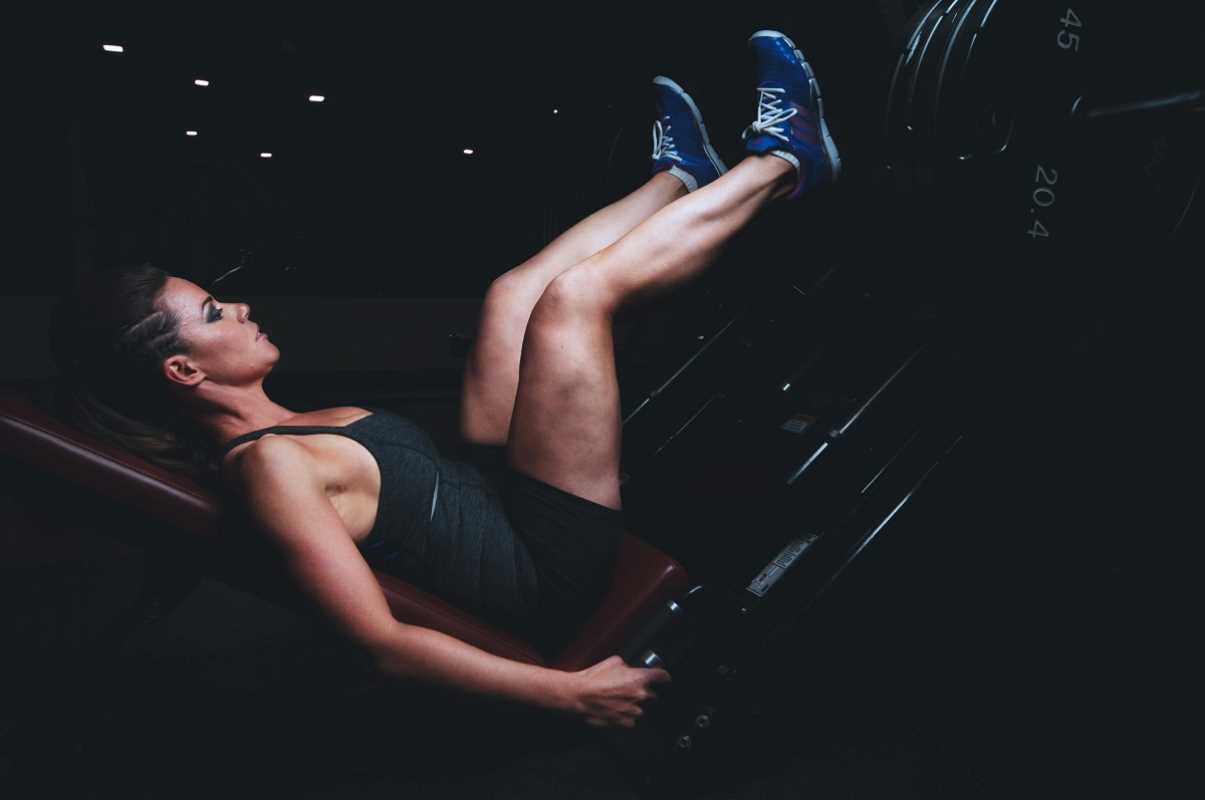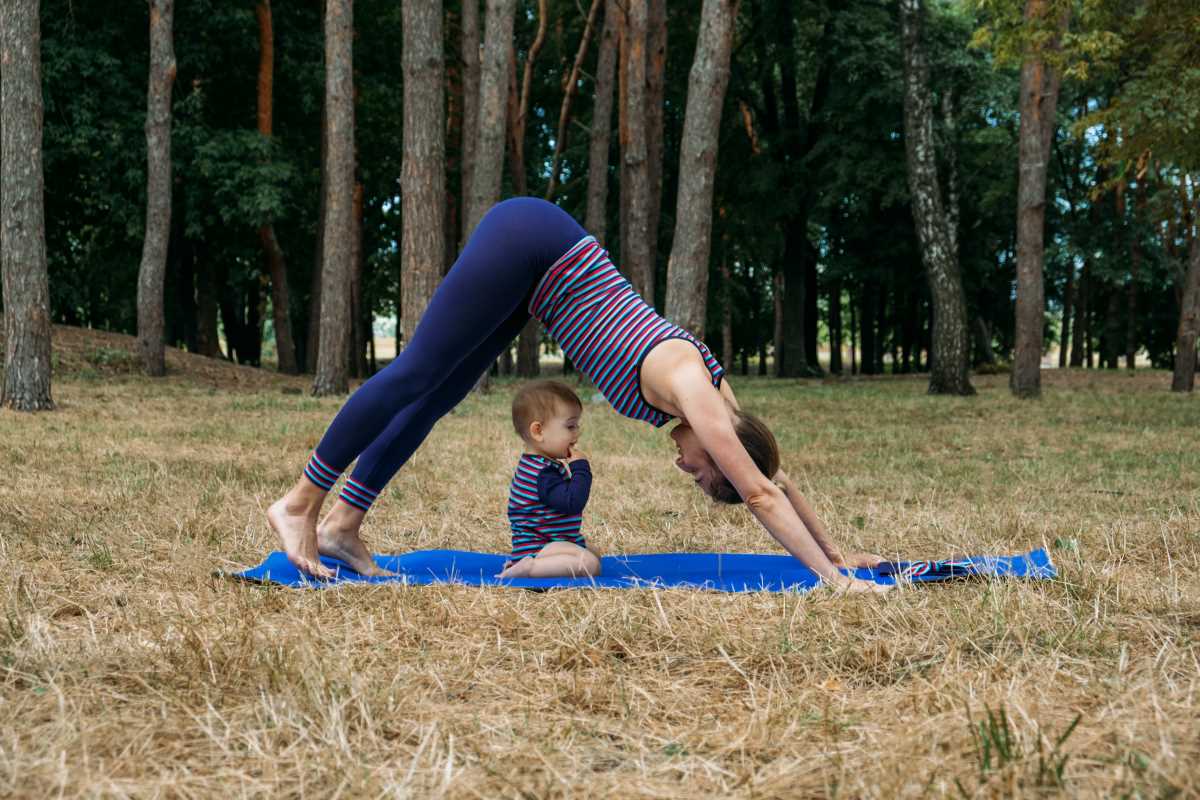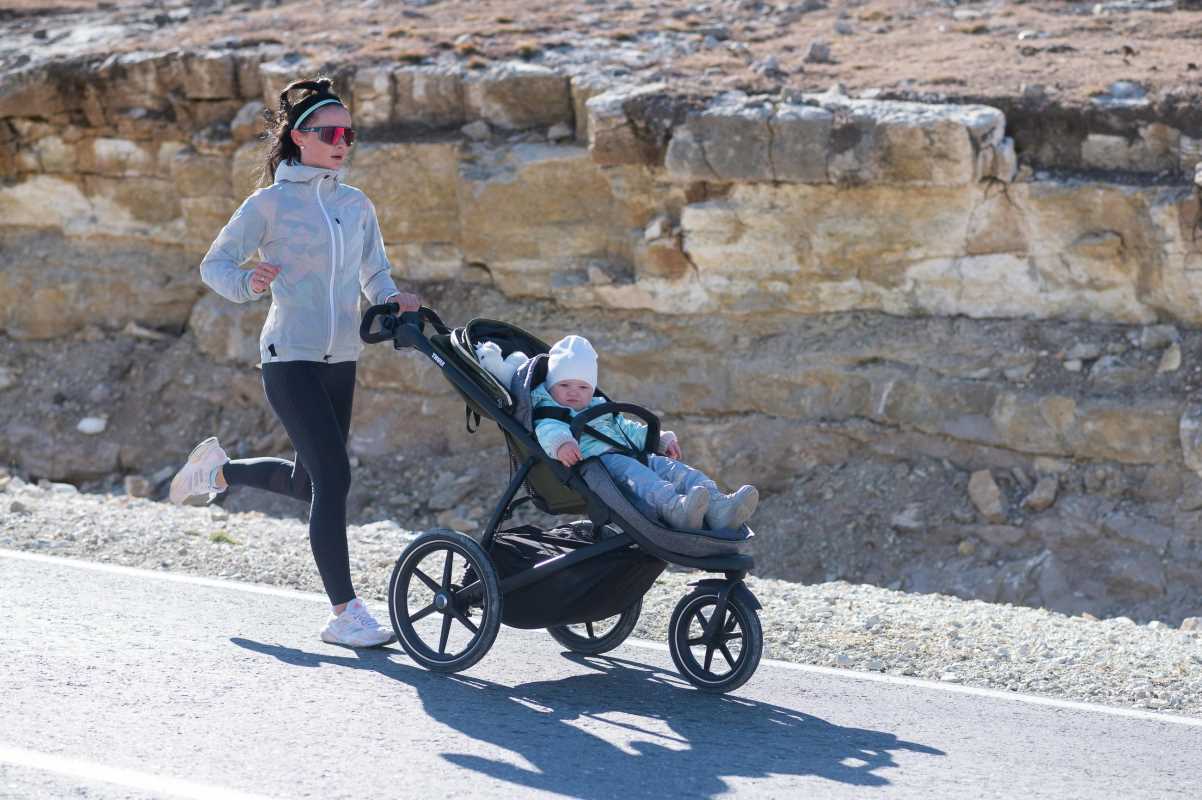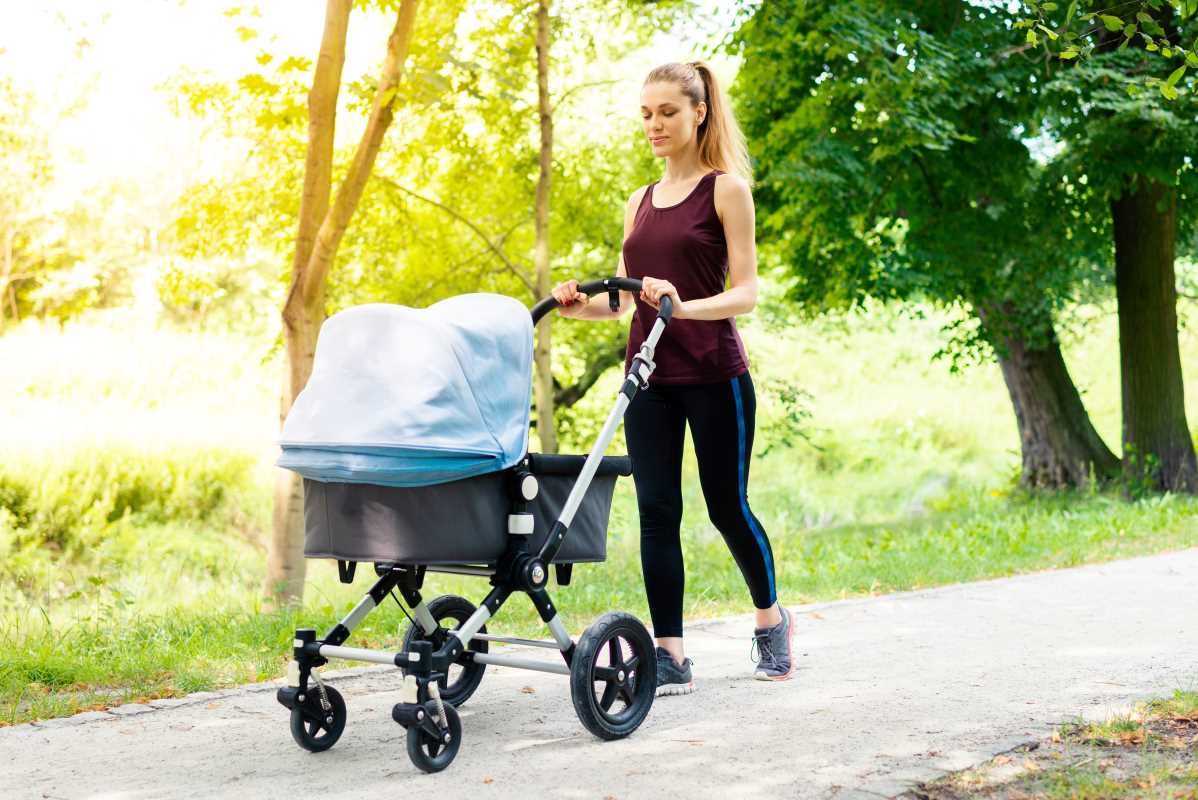When it comes to reaching your fitness goals, the type of training you choose can make all the difference. Two popular approaches that often get debated are bodyweight and weighted training. Both offer solid benefits, but they cater to different needs, preferences, and goals. Whether you’re choosing between push-ups or bench presses, squats or barbell deadlifts, understanding the advantages and limitations of each training style can help you decide which is right for you.
This guide breaks down the key differences between bodyweight training and weighted training, along with examples, benefits, and how to decide which method fits your fitness goals.
What Is Bodyweight Training?
Bodyweight training relies solely on your body as resistance to build strength, flexibility, and endurance. Think exercises like push-ups, planks, squats, and lunges. You don’t need a gym or equipment, making it an accessible option for everyone from beginners to advanced athletes.
Benefits of Bodyweight Training
- Convenience: Since you don’t need equipment, bodyweight exercises can be done anywhere, whether at home, the park, or on vacation.
- Low Cost: It’s free! No gym membership or fancy weights required.
- Improves Functional Strength: Bodyweight exercises often mimic real-life movements, working not just your larger muscle groups but also smaller stabilizing muscles.
- Versatility: Many bodyweight moves, like push-ups or lunges, can be tailored to suit beginners or increased in difficulty for advanced practitioners.
Limitations of Bodyweight Training
- Difficulty Progressing: Once you master a bodyweight movement, it can be harder to make those small, measurable increases in resistance that lead to strength gains.
- Limited Isolation Options: Bodyweight exercises often target multiple muscle groups, which is great for efficiency but makes it harder to isolate a specific muscle for targeted growth.
Examples of Bodyweight Exercises
- Upper Body: Push-ups, pull-ups, dips
- Lower Body: Squats, lunges, step-ups
- Core: Planks, leg raises, hollow-body holds
- Full Body: Burpees, mountain climbers
What Is Weighted Training?
Weighted training, on the other hand, involves adding external resistance to your workouts using free weights (like dumbbells, barbells, kettlebells), weight machines, or resistance bands. This style of training is key for building strength, power, and muscle size.
Benefits of Weighted Training
- Scalable Progression: It’s easy to add more weight as you get stronger, ensuring continuous progress.
- Targeted Muscle Growth: Weighted exercises can isolate specific muscles, making them effective for hypertrophy (muscle growth).
- Improved Bone Density: Resistance from weights strengthens bones over time, which is particularly beneficial for aging individuals.
- Higher Customization: Weighted training can be tailored to suit specific goals, from strength and endurance to powerlifting or rehabilitation.
Limitations of Weighted Training
- Cost and Space Requirements: Weights and equipment can be expensive, and not everyone has access to a gym or space for home equipment.
- Higher Risk of Injury: Poor form, combined with heavier weights, can increase the risk of strains or injuries if you’re not careful.
- Less Portability: Weighted exercises typically require specific equipment, unlike bodyweight training, which you can do on-the-go.
Examples of Weighted Exercises
- Upper Body: Bench press, bicep curls, tricep extensions
- Lower Body: Deadlifts, barbell squats, leg presses
- Core: Weighted sit-ups, Russian twists with a dumbbell, cable crunches
- Full Body: Kettlebell swings, clean and press, snatch
How to Choose the Right Approach
Deciding between bodyweight and weighted training depends on your fitness goals, current fitness level, and available resources. Here’s a breakdown to help you choose the best method for your needs.
1. Your Fitness Goals
- If You Want to Build Strength and Muscle: Weighted training is often the better choice for hypertrophy and progressive overload. Exercises like deadlifts, presses, and rows allow you to lift heavier over time, maximizing muscle growth.
- If You Want to Improve Functionality and Endurance: Bodyweight training excels at enhancing core stability, balance, and stamina, which translate to better performance in daily activities and sports.
2. Your Fitness Level
- Beginner: Bodyweight training is a great starting point for people new to exercise. It allows you to build foundational strength and learn proper form without the risk of heavy weights. Once you’ve built a baseline, you can slowly incorporate weights.
- Advanced: If you’ve mastered bodyweight moves, weighted exercises can add the resistance needed to keep you progressing. Advanced lifters often combine both techniques for variety and balance.
3. Time and Resources
- Limited Access to Equipment or a Gym: Bodyweight exercises are ideal for home workouts or when traveling since they don’t require external equipment.
- Access to a Gym or Weights at Home: Take advantage of the variety and scalability that weighted training offers.
4. Combining Both for Maximum Benefits
Why choose just one? Many effective training programs blend bodyweight and weighted exercises. For example:
- Use bodyweight exercises like push-ups or squats to warm up.
- Incorporate weights for compound lifts like barbell deadlifts or overhead presses.
- Finish your session with bodyweight endurance moves like planks or burpees.
Tips for Success in Both Training Styles
Bodyweight Training Tips
- Focus on proper form to prevent injury and maximize results.
- Make exercises harder by increasing time under tension (e.g., slowing down push-ups) or adding variations (e.g., one-arm planks).
- Maintain consistency by setting attainable goals, like mastering a certain number of pull-ups or holding a plank for a minute.
Weighted Training Tips
- Start with light weights to master form before gradually increasing resistance.
- Include compound movements like squats and bench presses, as they work multiple muscle groups at once.
- Rest adequately between sessions to allow muscles to recover and grow.
 (Image via
(Image via





